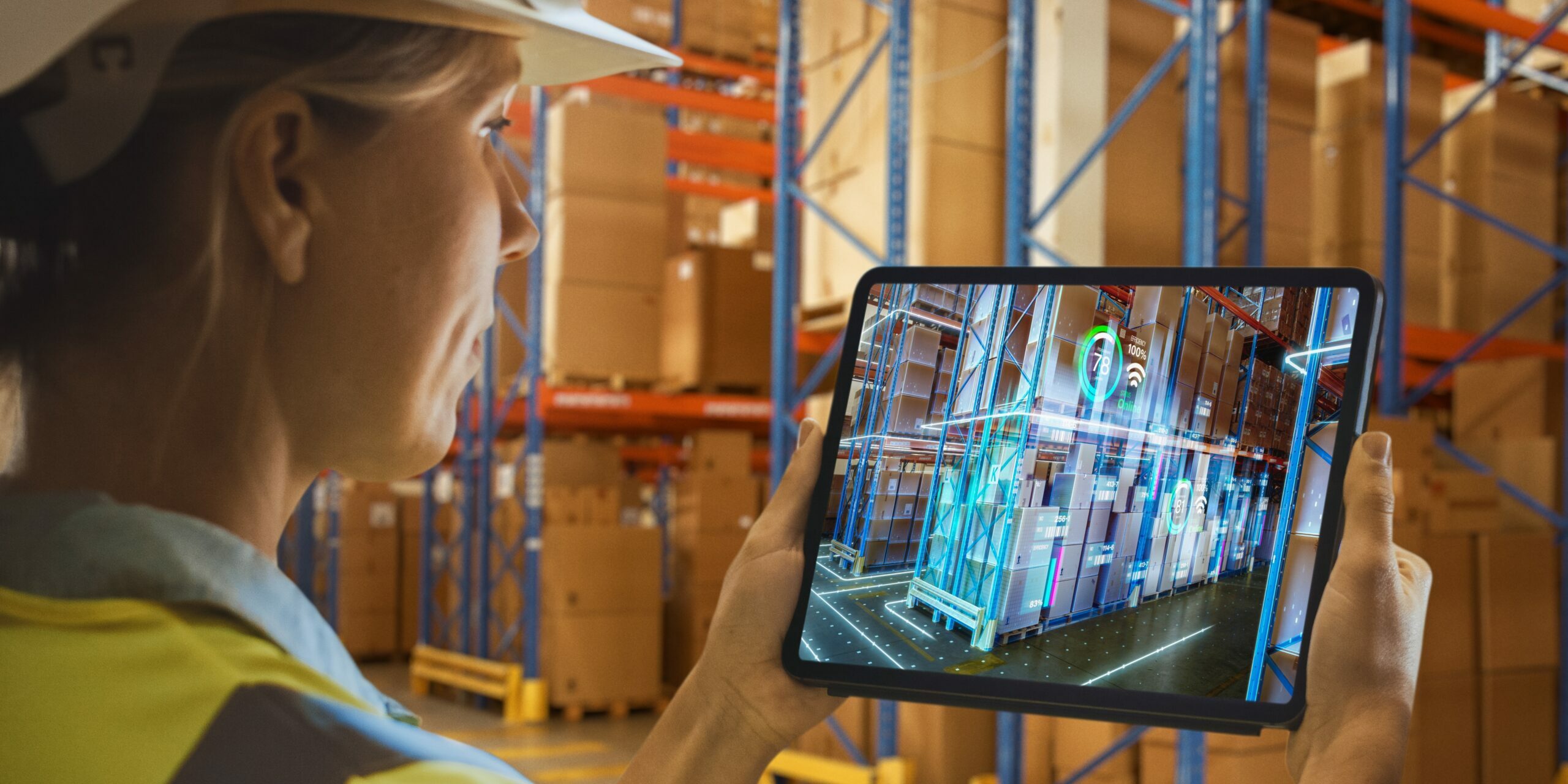Augmented Reality (AR) has rapidly evolved from a futuristic concept to a transformative technology across various industries. By overlaying digital information onto the physical world, AR enhances user experiences, streamlines operations, and offers innovative solutions to longstanding challenges. This article delves into some of the most remarkable AR applications currently available.
The rise of Augmented Reality technology
The global AR market is growing exponentially, driven by advances in hardware, software, and connectivity. According to the source, the AR market is expected to reach $88.4 billion by 2026, driven by increasing adoption across industries such as manufacturing, healthcare, retail, and education.
AR applications work by overlaying digital content onto the real world, providing users with an interactive experience. With the advancement of mobile technology and AR headsets, businesses and individuals can now access AR solutions more easily than ever before.
1. Enhancing industrial design and collaboration
In the realm of industrial design, precision and collaboration are paramount. Dassault Systèmes, a leader in 3D design software, has partnered with Apple to integrate its applications with Apple’s Vision Pro device.
This collaboration enables engineers and designers to interact with detailed 3D models in real-time, facilitating remote collaboration and early detection of potential manufacturing issues. Such integration allows for adjustments before physical prototypes are produced, saving both time and resources.
2. Revolutionizing surgical procedures
The medical field has embraced AR to optimize surgical procedures. ExperienceX, for instance, has developed a virtual mapping system that customizes operating room setups to each surgeon’s preferences. Medical assistants equipped with AR headsets can view precise placements of surgical tools throughout procedures, reducing delays and minimizing waste.
This system is currently being piloted in London’s Cromwell Hospital and is anticipated to be commercially available in 2025.
3. Enhancing education and skill development
Educational institutions are integrating AR to enrich learning experiences:
- Interactive learning: Students engage with 3D models of complex subjects, such as human anatomy or molecular structures, fostering deeper understanding.
- Remote collaboration: AR enables students and educators to collaborate in virtual spaces, breaking geographical barriers and promoting global learning communities.
4. Streamlining maintenance and training in various industries
AR applications are making significant strides in maintenance and training across multiple sectors:
- Automotive and Aerospace: Technicians use AR glasses to receive step-by-step guidance on repairs, ensuring accuracy and reducing downtime.
- Manufacturing: AR assists in training workers on complex machinery, allowing them to visualize components and understand assembly processes without physical prototypes.
- Oil and Gas: Field operators access real-time data overlays on equipment, facilitating efficient monitoring and maintenance in hazardous environments.
5. Transforming the welding industry with Seabery Welding Simulator
Welding is a critical skill in numerous industries, yet traditional training methods can be costly, time-consuming, and hazardous.
Seabery Welding Simulator offers a hyper-realistic simulation environment where trainees can practice welding techniques without the risks associated with real-world training. This welding solution is powered by Augmented Reality and developed by Seabery’s technology.
| Key features of Seabery’sAR Welding Simulator | |
| HyperReal-SIM™ technology | Provides an immersive experience that reproduces real-life welding practices. |
| Real-time feedback | This simulator is equiped with advanced sensors and analytics from real welding practices to provide immediate feedback on performance, enabling trainees to refine their skills effectively. |
| Augmented methodology | Combines theoretical learning with intensive simulation-based practice, allowing trainees to progress at their own pace. |
| Comprehensive course catalog | Offers a wide range of welding courses, from basic techniques to advanced industrial applications, developed in collaboration with esteemed institutions such as the German Institute of Welding (DVS), the American Welding Society (AWS), and the Spanish Welding Association (CESOL). |
34%
more certified welders than traditional methodology
56%
decrease of real time in learning
68%
decrease of laboratory costs
84%
less accidents
Augmented Reality (AR) is no longer a futuristic concept
As technology continues to evolve, the integration of AR into industrial processes and training methodologies is set to become even more profound, driving innovation and operational excellence. It has become an integral part, reshaping the way we interact with digital content in the real world.
The future of AR is bright, and its applications are only set to expand further. The proliferation of augmented reality applications across a variety of industries is a transformative change in the way industries operate and train their workforces. From improving industrial design and medical procedures to revolutionising welding training with solutions such as Soldamatic, AR is paving the way for more efficient, safe and immersive experiences.











